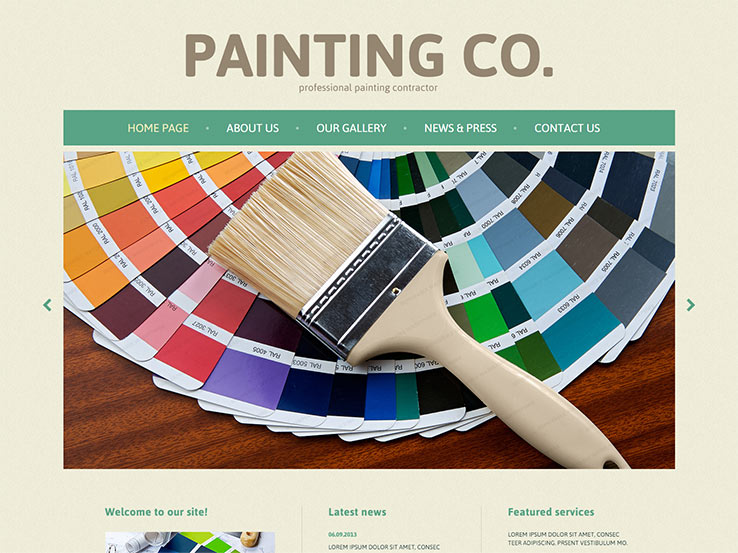Essential Seasonal Aspects Of Commercial Outside Painting: What You Should Comprehend
Essential Seasonal Aspects Of Commercial Outside Painting: What You Should Comprehend
Blog Article
Written By-Leach Urquhart
When you're planning an industrial external paint job, seasonal elements can make or break your outcomes. You'll want to consider exactly how temperature and humidity influence paint application and drying times. Choosing the appropriate period can guarantee your paint adheres effectively and lasts longer. However which periods are really the very best for this sort of job? Let's check out the key elements that can affect your job's success.
The Effect of Temperature on Paint Application
When you're intending an industrial external paint project, the temperature level can dramatically impact exactly how well the paint adheres and dries.
Ideally, you want to repaint when temperature levels vary between 50 ° F and 85 ° F. If it's too cool, the paint might not cure effectively, resulting in issues like peeling off or splitting.
On the other hand, if it's too hot, the paint can dry too swiftly, avoiding correct bond and causing an unequal finish.
simply click the next web page need to additionally consider the time of day; early morning or late afternoon provides cooler temperatures, which can be a lot more positive.
Always examine how long is unused paint good for for the specific paint you're using, as they often supply assistance on the suitable temperature range for ideal outcomes.
Humidity and Its Effect on Drying Times
Temperature isn't the only environmental element that affects your business exterior paint job; humidity plays a substantial function as well. High moisture degrees can reduce drying out times considerably, impacting the total quality of your paint task.
When the air is saturated with dampness, the paint takes longer to cure, which can result in problems like inadequate attachment and a higher risk of mold development. If you're painting on an especially damp day, be planned for extensive wait times in between layers.
It's essential to check local climate condition and strategy appropriately. Ideally, go for relevant web site between 40% and 70% for optimal drying.
Keeping these factors in mind guarantees your task stays on track and provides an enduring surface.
Best Seasons for Commercial Exterior Paint Projects
What's the very best time of year for your industrial outside painting projects?
Springtime and early fall are usually your best bets. Throughout these seasons, temperature levels are moderate, and humidity degrees are often lower, producing suitable problems for paint application and drying.
Prevent summer's intense heat, which can create paint to dry too promptly, causing inadequate adhesion and coating. In a similar way, winter months's cold temperature levels can hinder proper drying and curing, running the risk of the longevity of your paint task.
Aim for days with temperatures between 50 ° F and 85 ° F for optimal results. Bear in mind to inspect the local weather report for rainfall, as damp conditions can ruin your task.
Planning around these variables ensures your painting project runs smoothly and lasts much longer.
Verdict
Finally, preparing your industrial external paint projects around seasonal considerations can make a substantial distinction in the end result. By scheduling work throughout the excellent temperatures and humidity degrees, you'll guarantee better bond and drying times. Bear in mind to keep an eye on neighborhood weather prediction and pick the correct time of year-- spring and very early loss are your best choices. Taking these actions will assist you achieve a durable and expert finish that lasts.
